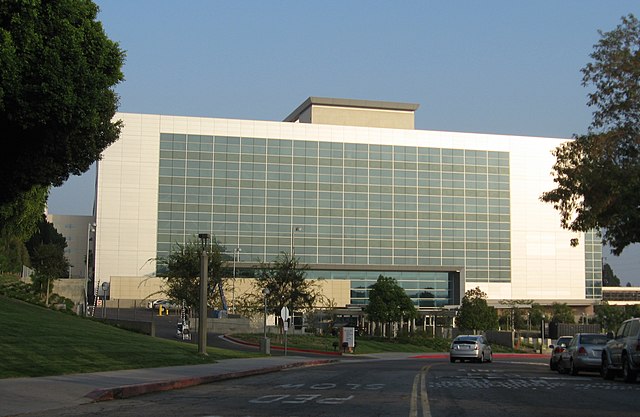Caltrans, which is responsible for the construction, maintenance, and operation of the California State Highway System, announced on Jan. 25 its approval of using low-carbon cement to reduce the carbon footprint of California’s transportation system.
Cement is typically produced by mining, grinding, and heating limestone to temperatures as high as 2,820 degrees Fahrenheit. The process alters the rock’s chemistry and creates “clinker” – the primary component in nearly all types of cement.
However, “clinker” also generates large quantities of carbon dioxide – the primary greenhouse gas contributing to global warming and climate change.
By advancing the use of portland limestone cement (PLC), Caltrans’ road construction and maintenance projects can generate less carbon dioxide.
According to Caltrans, PLC will produce the same high-performance quality material of ordinary cement at a slightly lower cost.
“Using low-carbon cement can cut Caltrans’ concrete-related carbon dioxide emissions annually by up to 10 percent,” said Caltrans Director Toks Omishakin. “This is a big step in supporting California’s efforts to achieve carbon neutrality by 2045.”
These new efforts to reduce the carbon footprint through PLC are founded based on Caltrans-funded research conducted at Oregon State University. Caltrans also worked closely with its partners at the California Air Resources Board, industry experts and stakeholders.
Their study concludes that the switch to low-carbon cement has the potential to reduce carbon dioxide emissions by 28,000 tons a year – the equivalent of removing more than 6,000 cars off the road.
Caltrans will continue to work with the California Air Resources Board to reach the state’s goal and achieve net-zero emissions from the cement sector by 2045.







